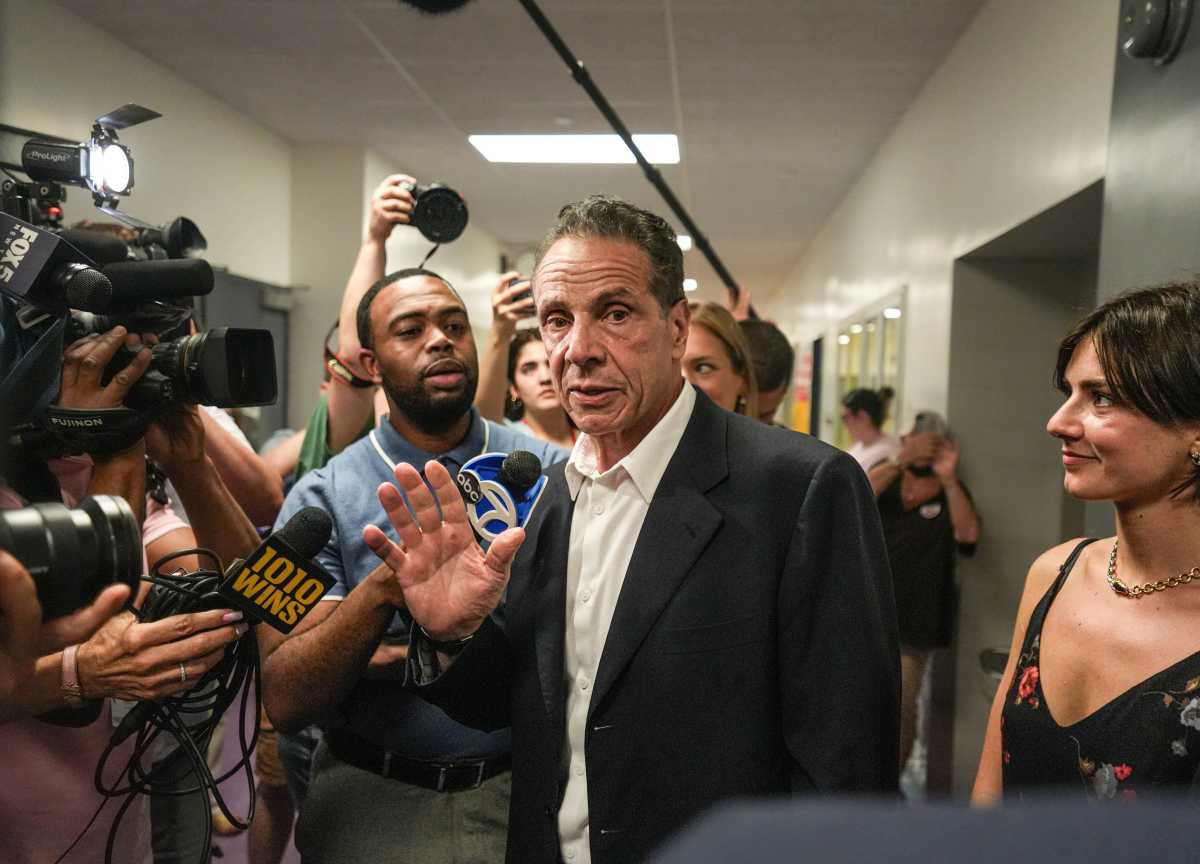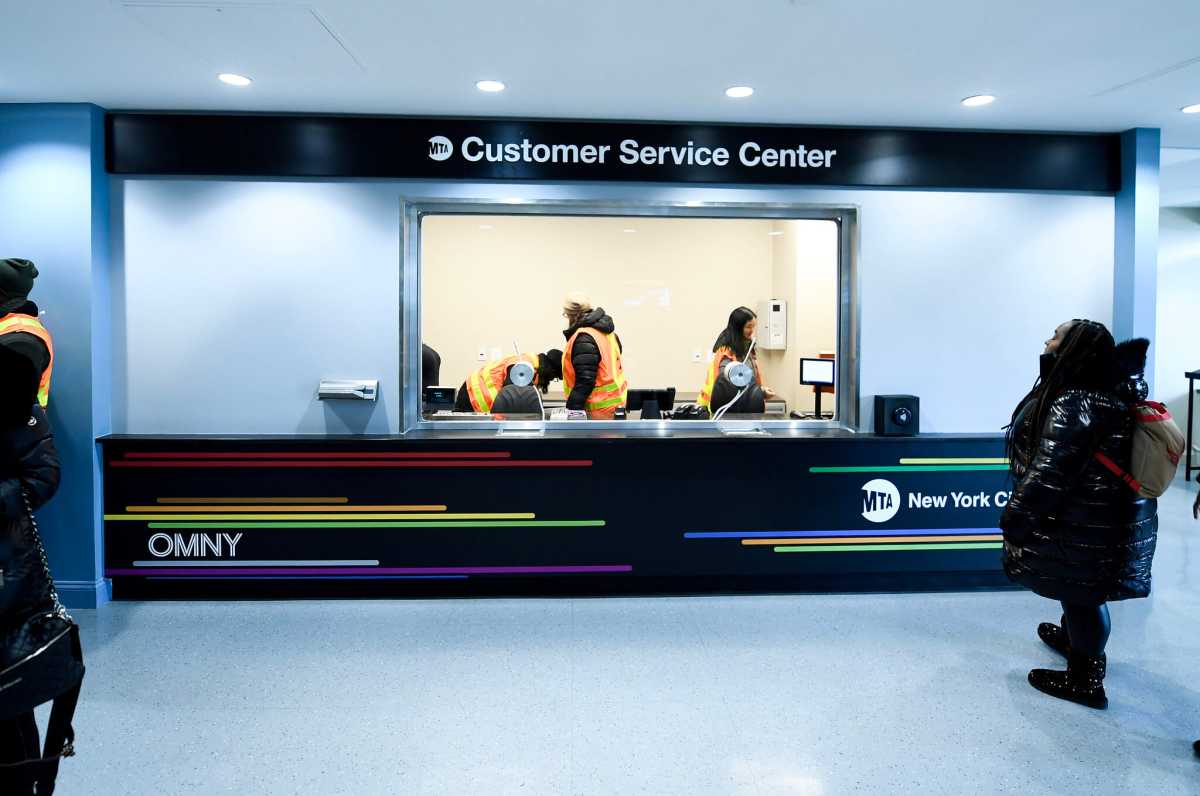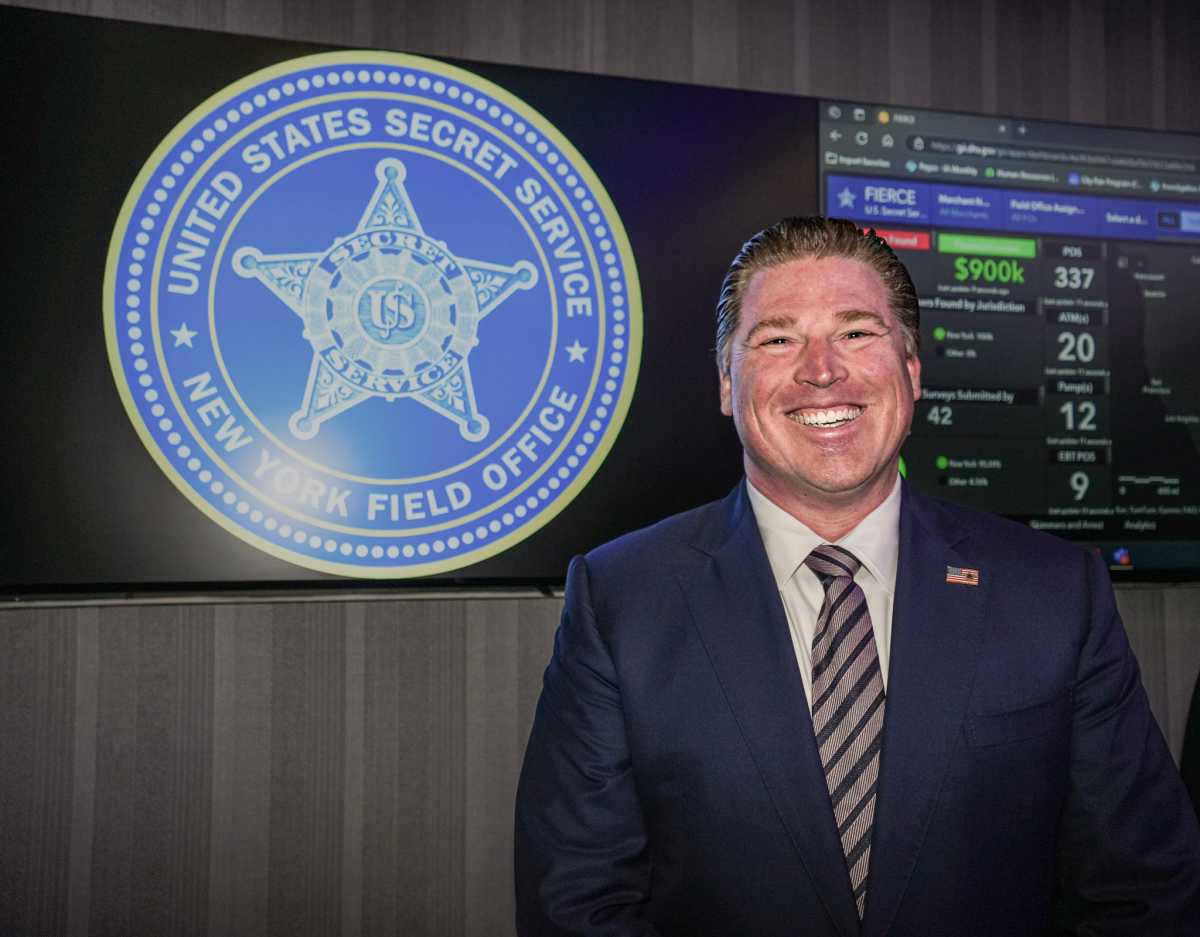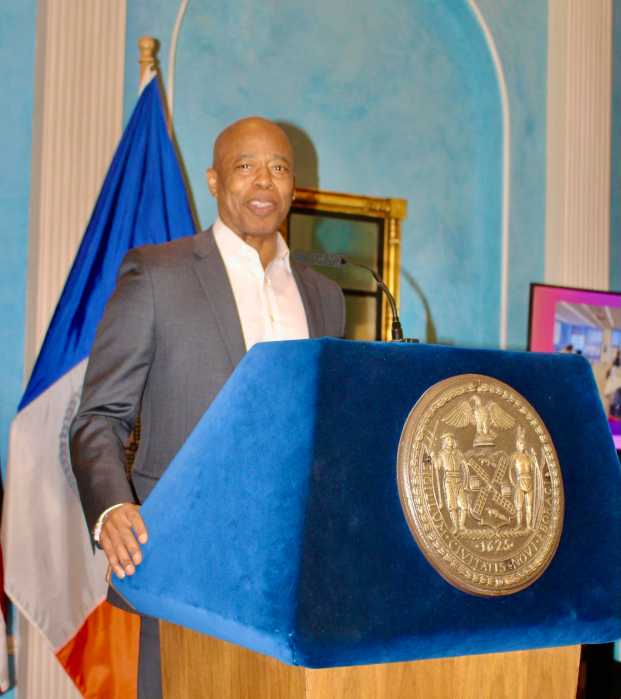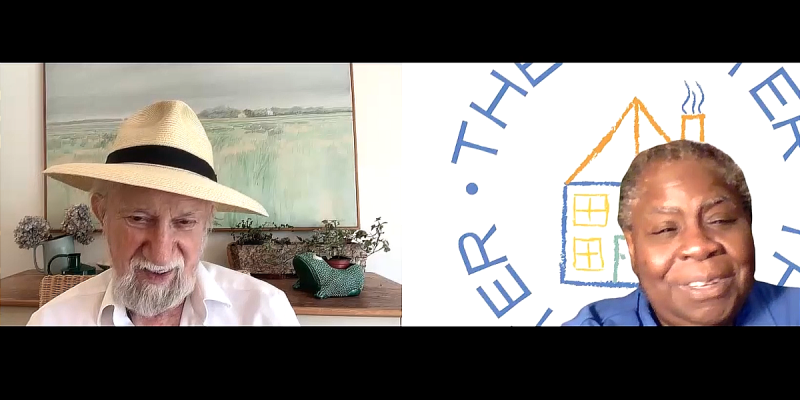For most people battling drug addiction and their families, standing up to the stigma is another hurdle entirely. The shaming stares and discrimination imposed by neighbors, friends, classmates or coworkers, in church or at grocery stores, is tangible. And painful.
From that sense of alienation was born International Overdose Awareness Day. Observed annually on Aug. 31, participants mark the day to mourn their loved ones without shame, and to offer education and stimulate discussion on the issues of addiction, overdose and drug policy.
More than 250,000 Americans died of prescription drug overdoses from 2001 to 2014, the last year for which data is available. During that same period, 135,000 people died from illicit overdoses, which includes cocaine and heroin. In both sets, rates of fatal overdose have increased exponentially in recent years, according to the National Institute on Drug Abuse.
Yet as instances of fatal overdose are all too common, terms of discrimination against those battling addiction persist: “junkie,” “tweaker,” “druggy,” “meth head,” “wine-o.”
“I think some of the stigma from drug use comes from our very outdated understanding of what problematic substance abuse is and why people do it,” Laura Thomas of the Drug Policy Alliance said.
“We’re taught a series of stereotypes — that it’s distant, someone other than us — but also that [drug addiction] is selfish, irresponsible, and there are additional, often racist overtones,” Thomas said.
Thomas, deputy state director in California for the New York City-based organization, said the phrase “drug addict” is often associated with the image of an African American man, though the reality is that in the United States, most adults abuse intoxicants, whether legal or illicit, and one point in their lives.
To combat these stigmas, Thomas said, shifts in the criminal justice system and in public perception need to take place. First, addiction should be treated like a health issue, not a criminal issue, she said. And, much like increased acceptance with the LGBT community, there needs to be a change in the “public presentation,” through high-profile people discussing their addiction and earnest discussion, she said.
Krisi Richards, a Hull, Massachusetts, resident, is organizing an Awareness Day event Wednesday in memory of her son, who died of heroin overdose last January. He was 26 years old.
Though she’s not comfortable with public speaking, Richards said “she has to.”
“It’s part of my deal,” she added. “In my son’s memory, I have to try to make people aware of drug addiction.”
Richards is hosting a candlelight vigil at the Bernie King Pavilion in Hull. Speakers include a mother who lost her son just before Christmas, a dad whose daughter died, and a father and his two children whose mother passed from overdose.
There will also be people in recovery, as well as members of the fire and police departments.
Richards said to combat the stigma, people have to be open.
“You shouldn’t hide,” she said. “To end the stigma, you shouldn’t be ashamed, [and] don’t be afraid to speak out.”
That’s a message echoed by Barbara Edmonson, of Quincy, Massachusetts.
“People are afraid. Parents are thinking that they’re bad parents because their children are becoming addicted,”Edmonson, a program coordinator funded by the state Department of Public Health, Bureau of Substance Abuse Services, who’s also organizing a candlelight vigil Wednesday at the Thomas Crane Library.
“Our theme tomorrow is One City, One Community. It takes a whole community to bring awareness, to stand together and end the stigma,” said Edmonson, who works forBaystate Community Services.
VOCAL-NY, an advocacy organization, is employing harm-reduction services to help change the stigma associated with drug use.
The Brooklyn-based group is hosting overdose prevention trainings Wednesday, including teaching the public how to administer Nalaxone, an overdose antidote. Sessions are from 10 a.m. to noon at City Council Member Stephen Levin’s district office on Atlantic Avenue, and from 10 a.m. to 5 p.m. at VOCAL-NY’s headquarters on Fourth Avenue.
“Overdose deaths have been on the rise in New York City in the last couple of years…more people are using and more people are dying, but it doesn’t have to be that way,” said VOCAL-NY co-executive director Alyssa Aguilera. “Harm reduction is an ethos that even if you’re using drugs, you don’t need to die of an overdose. It’s about treating people with dignity and respect.”
“Drug users are so stigmatized that people think they don’t care about their lives, but organizations like ours try to create a safe space so they can get the care they need,” Aguilera said. VOCAL-NY provides syringe exchanges and Hepatitis C and HIV testing, among other services.
“Stigma makes it so that people are using alone, or using in places there aren’t a lot of people around,” she added. “If you’re homeless or unstably housed, you’re forced to use in alleyways or under bridges or on the street. Those conditions can make someone overdose because they’re in this unstable place.”
Thanks to a law passed in 2013, members of the public can be trained in administering Nalaxone and can hopefully save the life of someone who has overdosed, Aguilera said.
Philadelphia is home to a similar organization: Prevention Point Philadelphia.
Kensington-based PPP offers syringe exchange programs, Hepatitis C and HIV screenings, mobile medical services to at-risk adults and provides Nalaxone training to parents and loved ones of those battling addiction.
PPP isn’t hosting any specific event for Awareness Day, but that’s because trainings and services are offered at its office every day, Executive Director José Benitez said.
“We will be planning an overdose memorial day sometime in early October, and that’s really to do something locally for Philadelphians,” Benitez said, adding that the already widely documented epidemic in Philadelphia is only getting worse.
“We’re on track to have over 700 [fatal] overdoses in Philadelphia, which is twice the homicide rate, in 2016 alone,” Benitez said. “In 2015, we had a little over 650 overdose deaths…The reality is that if this were affecting any other population, we would be pouring resources into this. But because it’s affecting people who use drugs, it’s seen as a population that doesn’t need to be addressed.”
Benitez said only 10 percent of people who really need treatment are getting it, a problem that stems from stigma and resources. False and negative stigmas, especially about programs like needle exchanges, prevent the allocation of state and federal funding for them.
“The reality about harm reduction is that it works,” Benitez added. “But it’s hard to have honest, good public health conversation around overdose prevention.”
“If it were any thing else, if it were any other public health issue, it would be addressed with funds coming together, the community rallying around and trying to figure out how we can educate and protect and help folks,” the director explained. “That’s still a piece of the stigma that’s left. There’s a lack of understanding in the general public that addiction is a disease.”
In addition to PPP’s harm-reduction programs, the Philadelphia Police Department also operates prescription drug boxes in 80 percent of police districts, where people can dispose unused or old pills to keep them out of the hands of family members or children.
Meanwhile, in Bucks County, The Council of Southeast Pennsylvania will host a vigil and moment of silence for those who lost their battle against addiction. At the Southern Bucks Recovery Community Center in Bristol, participants will be able to hang purple and silver ribbons to honor their loved ones.
For a full list of vigils, speaker panels, Twitter chats and more, click here.
For morelocal statistics, see below:
Boston:
- The number of opioid-related deaths has more than doubled in the last three years in Boston, from 64 in 2012 to 136 in 2015 (Mass. Dept. of Health, 2016)
- Middlesex County, which includes Cambridge, is home to the highest number of overdose deaths from heroin and prescription pills in Massachusetts (Mass Dept. of Public Health, 2016)
- In 2012, 67.9 percent of adults admitted to substance abuse treatment programs were male, 32.1 percent female; In the same year, 83.2 percent were white, and 4.1 percent were black. 90 percent were unemployed. (Mass. Dept. of Public Health, 2012)
New York:
- From 2009 to 2013, there was a 41-percent increase statewide in reported drug overdose deaths, which included a 163-percent increase in the number of heroin related deaths ( New York State Department of Health, 2015)
- Four of the five neighborhoods with the highest rate of heroin-involved overdose death were in the Bronx: Hunts Point-Mott Haven, Crotona-Tremont, Highbridge Morrisania and Fordham-Bronx Parkway (New York City Department of Health and Mental Hygiene, 2016)
- The rate of heroin-involved overdose deaths was highest among white New Yorkers in 2015, and among New Yorkers aged 35 to 54 (New York City Department of Health and Mental Hygiene, 2016)
Philadelphia:
- In Pennsylvania, there were 88 painkiller prescriptions issued per 100 people (Centers forDiseaseControl, 2012)
- 2015 saw twice as many deaths by drug overdose than by homicide (Philadelphia Dept. of Public Health, 2016)
- Rates of opioid-related deaths are three times higher among men than women, two times higher among whites than blacks and highest in people ages 25 to 59 years old. (Philadelphia Dept. of Public Health, 2016)

















